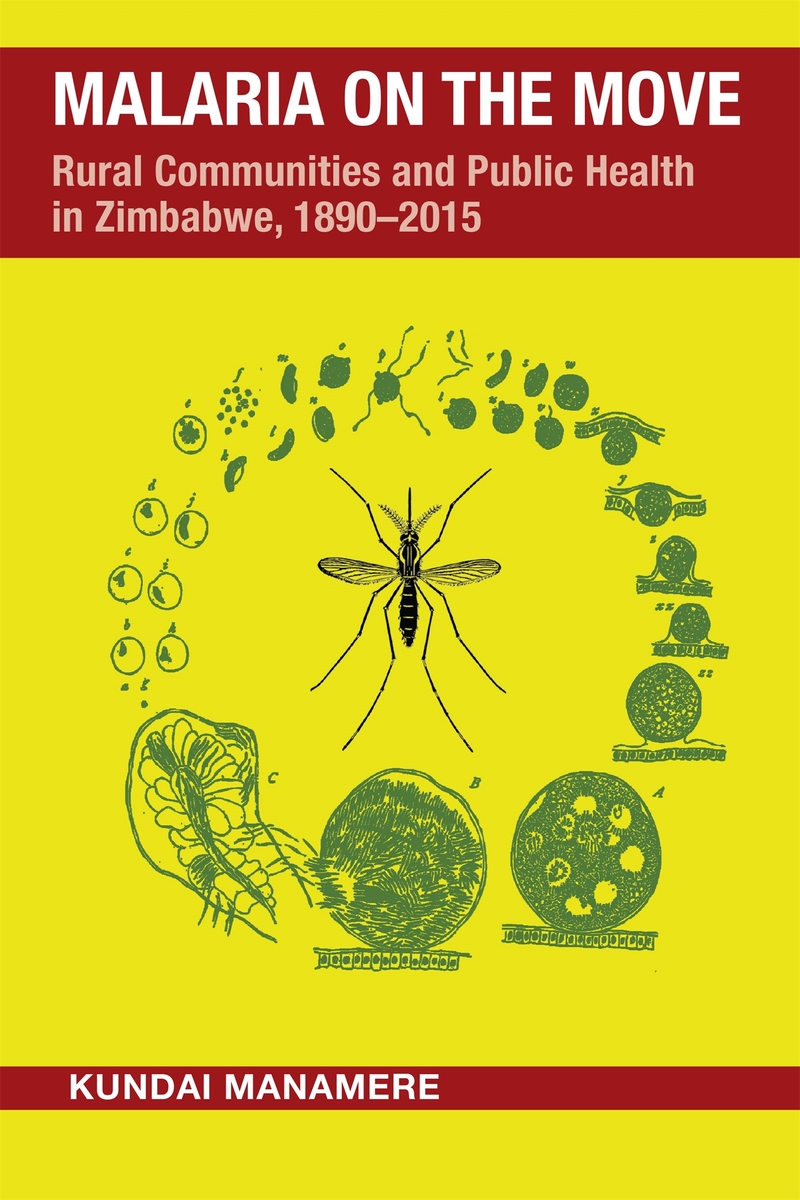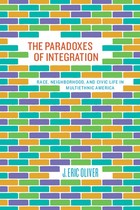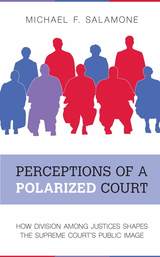Malaria on the Move: Rural Communities and Public Health in Zimbabwe, 1890-2015
Ohio University Press, 2025
Cloth: 978-0-8214-2585-5 | Paper: 978-0-8214-2586-2 | eISBN: 978-0-8214-2587-9
See other books on: Disease & Health Issues | Malaria | Move | Public Health | Zimbabwe
See other titles from Ohio University Press
Cloth: 978-0-8214-2585-5 | Paper: 978-0-8214-2586-2 | eISBN: 978-0-8214-2587-9
ABOUT THIS BOOK | AUTHOR BIOGRAPHY
ABOUT THIS BOOK
Malaria on the Move explores the socioeconomic aspects of endemic malaria in the southeastern lowveld of Zimbabwe. The book provides a historical analysis of malaria control and eradication programs in Rhodesia and independent Zimbabwe from the late nineteenth century to 2015. Kundai Manamere draws connections between malaria epidemiology and human mobility relating to large- and small-scale farming, labor migration, colonial displacement, war, and rural-to-urban movements. She examines how circular labor migration and rural travel influence the risk of malaria for individuals and communities and shows how migration and travel have spread the disease and impeded control efforts. More important, the book demonstrates that the need to travel for work is an indicator of a local hierarchy of priorities. It reaffirms the urgent need for partners in malaria control to consider local socioeconomic factors in their design and implementation of intervention programs. The inclusion of local contexts, perspectives, and voices in the formulation of national and global public health policies and interventions is critical to addressing public noncooperation. To date, biomedical studies of malaria have outnumbered socioeconomic and political studies of the disease. Manamere advocates for a multipronged approach that goes beyond standard scientific research methods. Such an approach incorporates an understanding of how socioeconomic considerations of recipient communities influence malaria epidemiology, local perceptions of the disease, and responses to interventions. This context is particularly important for understanding why malaria has remained a global health challenge and why so many interventions have failed. Scientifically, malaria is a disease of the landscape, and its ecological complexity poses challenges to its eradication. Yet, biological and ecological landscapes are not exclusive factors in the spread of disease; as Manamere demonstrates, the socioeconomic environment is equally important.
See other books on: Disease & Health Issues | Malaria | Move | Public Health | Zimbabwe
See other titles from Ohio University Press












